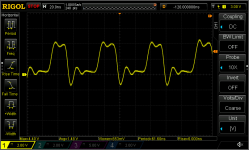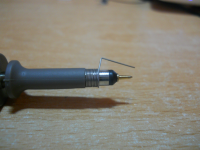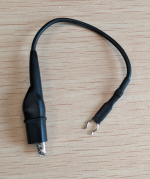AK6DN
Veteran Member
Space available to add a heatsinks on top of the suspect chips?
Like this: https://www.digikey.com/en/products/detail/assmann-wsw-components/V5618B/3511499
Like this: https://www.digikey.com/en/products/detail/assmann-wsw-components/V5618B/3511499



